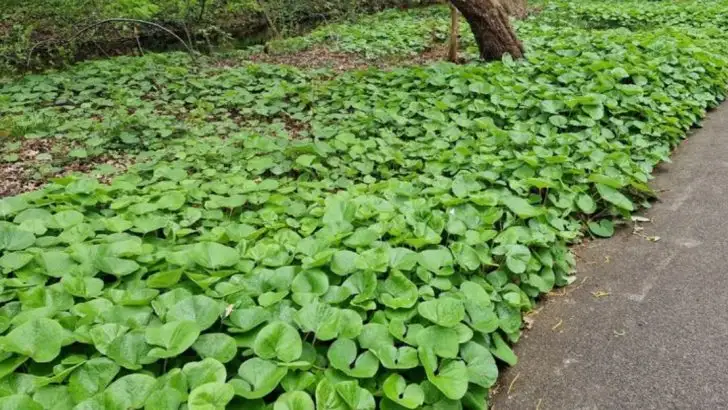Wild ginger is one of those rare ground covers that manages to be both lush and low-maintenance, making it a favorite for shady gardens. But like many spreading plants, it can become overcrowded over time, leading to slower growth and patchy coverage. Dividing it at the right moment can revive its vigor, improve its appearance, and help you expand your planting area with zero cost.
Whether you’re refreshing an old bed or starting a new one, learning how to divide wild ginger correctly ensures your garden stays healthy, dense, and beautifully green. From timing the division just right to choosing the best tools and replanting techniques, these 10 practical tips will keep your wild ginger thriving season after season—without disturbing its calm, natural beauty.
Choose the Right Season
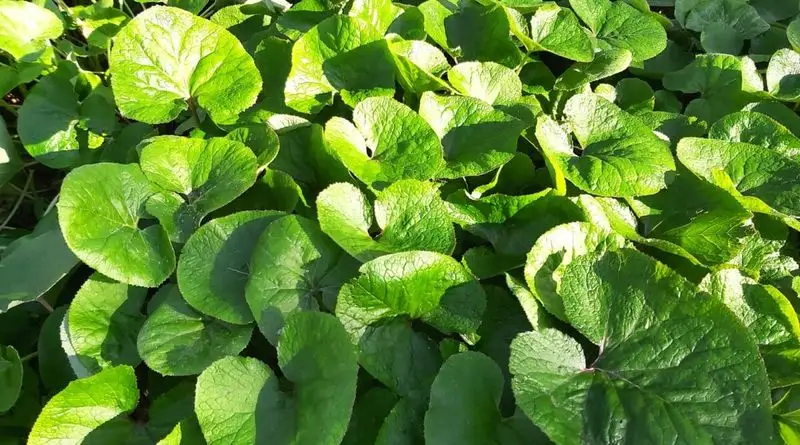
Timing is everything when it comes to dividing wild ginger. Early spring or late fall presents the ideal window for this task. During these periods, the plant is in its dormant phase, minimizing stress and maximizing recovery. As the weather is cooler, the risk of dehydration is reduced, providing optimal conditions for new growth. This simple seasonal choice can make a significant difference in the plant’s health and vigor. Remember, a well-timed division sets the foundation for a thriving garden.
Prepare Your Tools
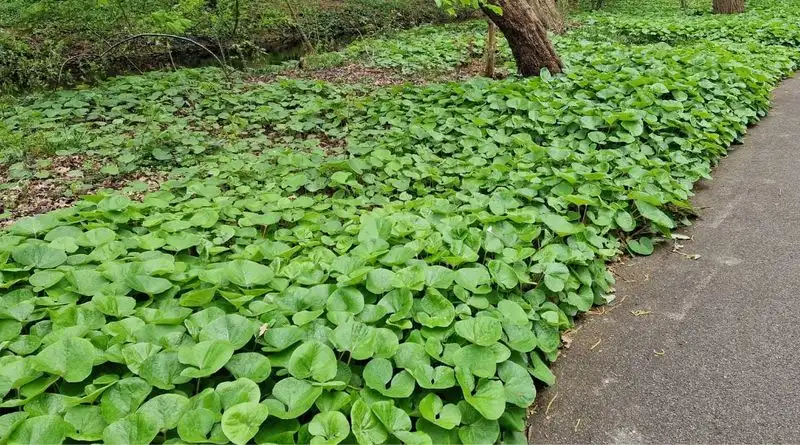
The success of your gardening efforts often hinges on having the right tools at hand. For dividing wild ginger, ensure you have a sharp spade, a sturdy trowel, and a pair of reliable gardening gloves. Each tool plays a critical role: the spade for slicing through roots, the trowel for careful lifting, and gloves for protecting your hands. Clean and sharpened tools not only ease the process but also prevent the spread of diseases. Investing time in tool preparation can lead to a smoother, more efficient gardening experience.
Water Thoroughly Before Dividing
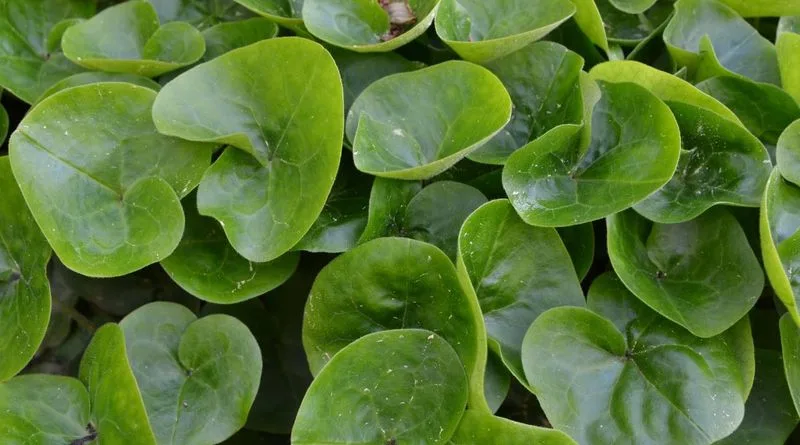
Moisture is a gardener’s ally when dividing wild ginger. A day before the big division, give your plants a generous drink. This not only hydrates the roots but also makes the soil more pliable, easing the division process. A well-watered plant is less susceptible to transplant shock, promoting quicker recovery. Observing how the water glistens on the leaves and trickles into the soil can be a meditative moment, connecting you with nature’s rhythms. This simple act of care ensures your wild ginger remains vibrant and resilient.
Identify Healthy Sections
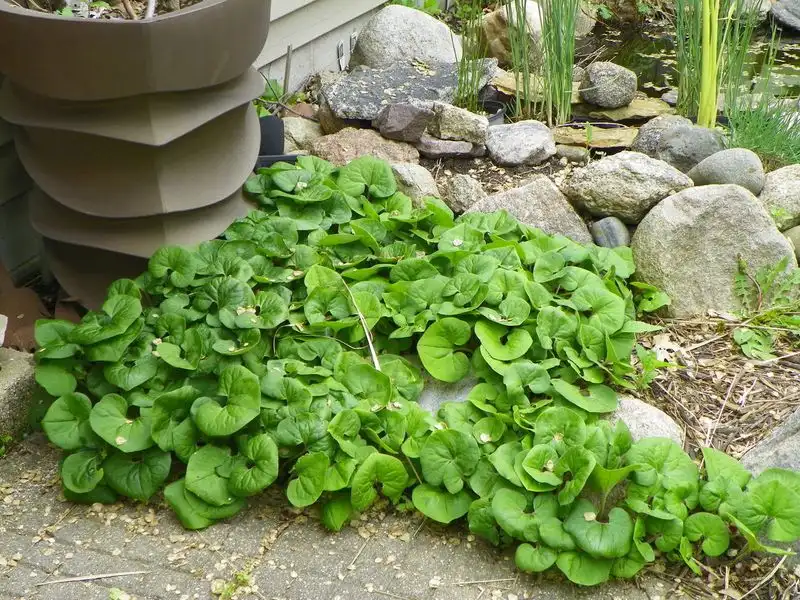
Before dividing, take a moment to inspect your wild ginger. Look for vibrant green leaves and robust root systems, as these indicate healthy sections. Avoid areas with yellowing leaves or signs of disease. Selecting the healthiest parts for replanting ensures that your efforts result in thriving new plants. This careful selection process is akin to choosing the best seeds for a bountiful harvest. It’s a practice of patience and observation, crucial for nurturing a flourishing ground cover.
Gently Dig the Clumps
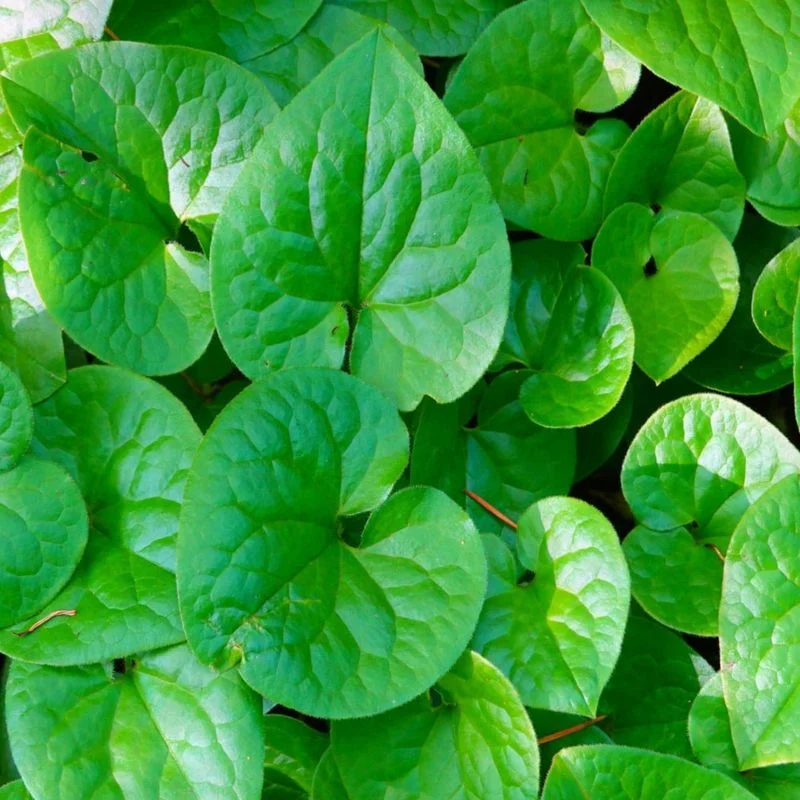
When it’s time to divide, approach your wild ginger with a gentle hand. Use a small spade or trowel to dig around the clumps, being careful not to damage the roots. The goal is to lift the plant with minimal disturbance, preserving its natural structure. As the soil crumbles away, you’ll reveal the intricate network of roots that sustain your plants. This delicate process ensures that each divided section retains the strength needed to flourish independently. It’s an exercise in precision and care, laying the groundwork for healthy growth.
Separate with Care
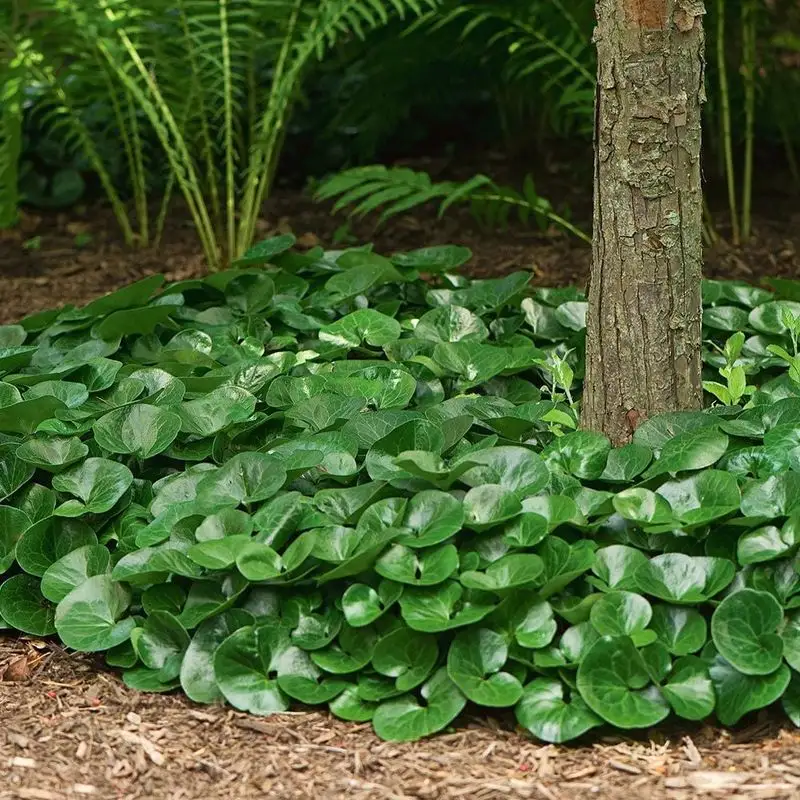
Separating the roots is an art of delicacy and precision. Gently pull apart the clumps by hand, taking care not to break the roots unnecessarily. Each section should have a good portion of roots and shoots to ensure successful replanting. This careful separation is like untangling a delicate necklace, where patience and a light touch make all the difference. By handling the roots with care, you give each new plant the best start, ready to take root and grow vigorously in its new home.
Replant Immediately
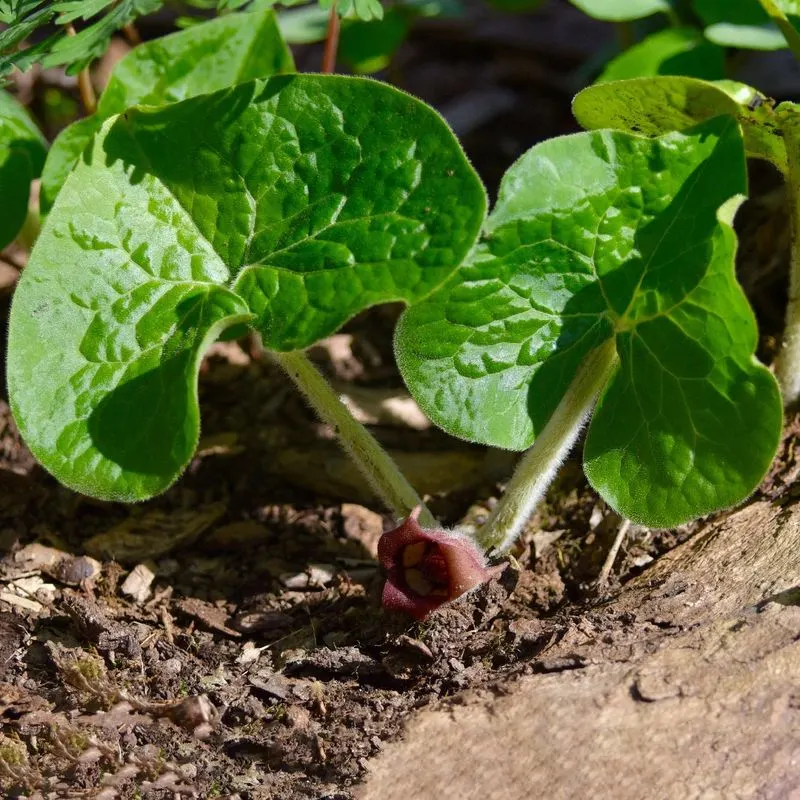
Once separated, it’s crucial to replant the wild ginger sections without delay. Prepared garden beds should be ready to receive the new plants, with soil that’s rich and welcoming. Plant each section at the same depth as before, gently firming the soil around the roots. This immediate action helps prevent the roots from drying out, ensuring a seamless transition. Watching the new plant sections settle into their new home is a rewarding sight, promising a future of verdant growth and beauty.
Mulch for Moisture Retention
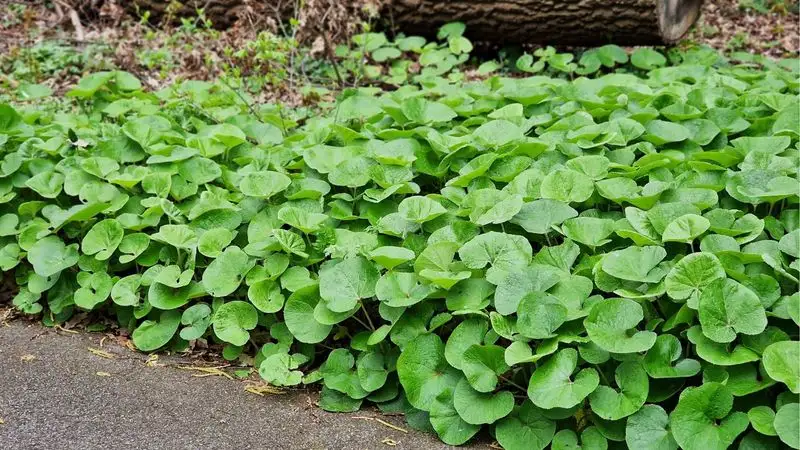
Mulching is a gardener’s secret weapon for moisture retention and soil health. After planting, spread a generous layer of organic mulch around your wild ginger. This not only conserves moisture but also suppresses weeds and enriches the soil as it breaks down. The mulch acts as a protective blanket, ensuring your plants remain hydrated and healthy. The subtle earthy aroma and rich texture of mulch add an extra layer of sensory pleasure to gardening, making it an essential step in plant care.
Water Consistently After Planting
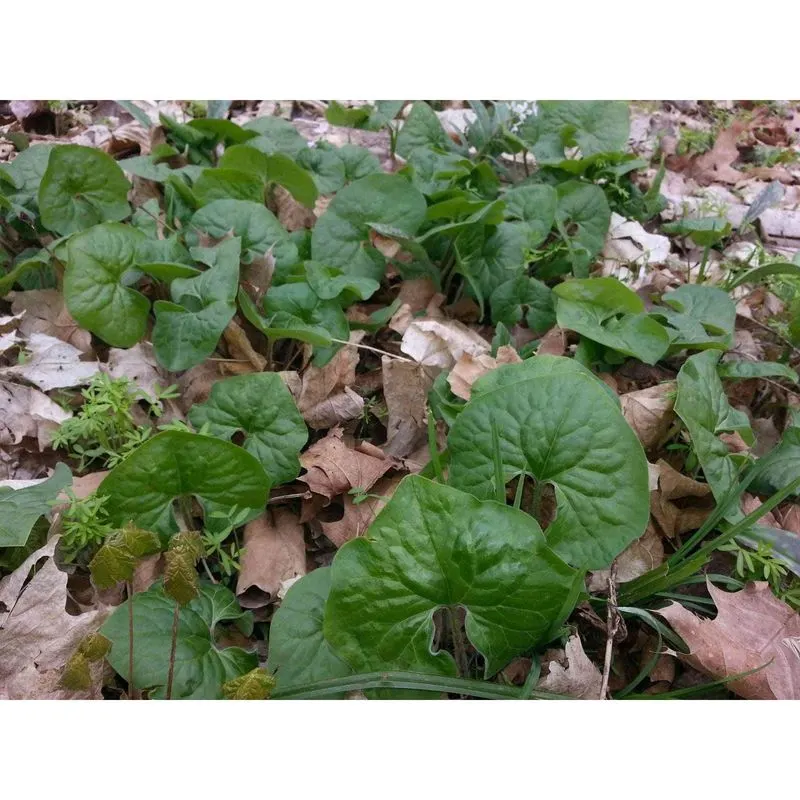
Post-planting, consistent watering supports the establishment of new roots. Newly divided sections require regular moisture to foster growth. However, avoid overwatering as it can lead to root rot. Aim for a balanced approach, where the soil remains moist but not soggy. This attentive watering schedule ensures that the plants adapt smoothly to their new environment. The sight of shimmering droplets on leaves is a daily reminder of your nurturing efforts, setting the stage for a thriving garden.
Monitor and Adjust Care
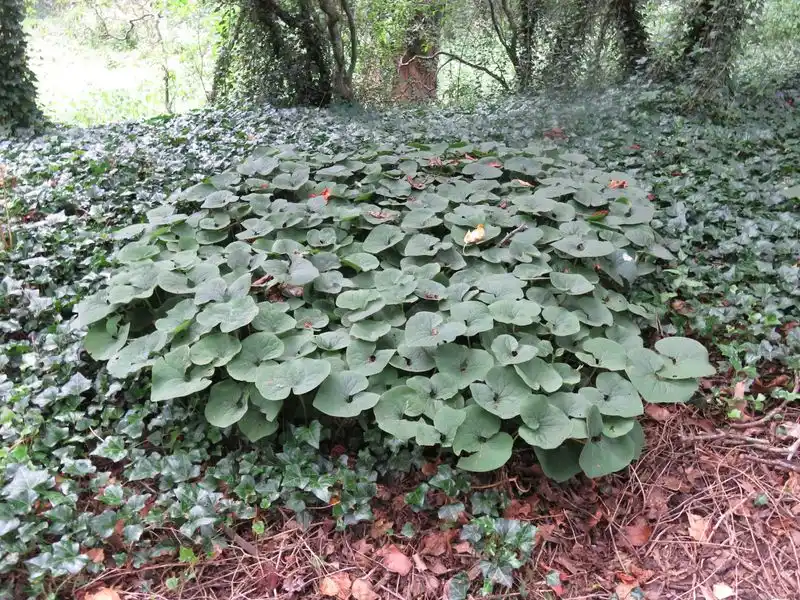
Gardening is an ongoing dialogue with nature, requiring observation and responsiveness. Keep an eye on your newly divided wild ginger, watching for signs of growth or distress. Adjust watering and mulching as needed, responding to the plant’s changing needs. This attentive monitoring ensures that your ground cover continues to thrive, adapting to the seasons and environment. It’s a practice of mindfulness, where each garden visit offers new insights and opportunities for growth.

